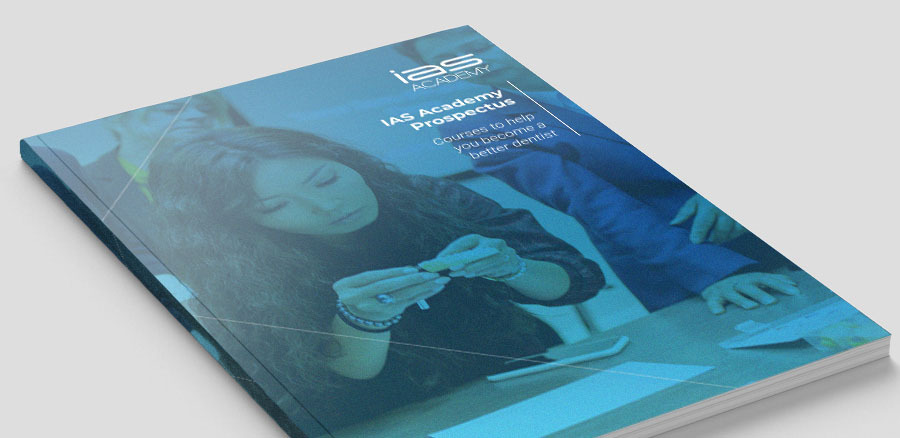Coronavirus – A Dentist’s Simple Guide
The following is a personal view. The situation is changing VERY rapidly, and the information may be out of date by the time you read this.
I have updated this as it now a month since my first summary of the situation; and some comments and thoughts on how UK dentistry has reacted.
This is a personal view and as the situation is still changing rapidly, and may be out of date by the time you read this.
– Prof. Ross Hobson
Who am I?
My background is as a dental academic for over 20 years and prior to that a basic scientist, so I am welded to the scientific evidence and not the ‘ask the audience’ of social media. Hence, I am an inbred cynic who believes in data and it’s analysis. I have spent many a happy hour reading and cross-referencing the media and published research. I must acknowledge Dominic O’Hooley who has read even more than I and I thank him for bringing much new information to my attention
Coronavirus – What is it?
The correct name is SARs-Cov-2 or COVID-19. It is an RNA virus fairly common in animals, causing upper respiratory tract infections. Due to circumstances in China in late 2019 it mutated and ‘jumped’ from animal to human – this jump between species is fairly uncommon. COVID is related to the SARS and MERS viruses and epidemics in 2003 (SARS) and 2012 (MERS).
It has been confirmed this is an evolutionary mutation from bats via pangolins to human thought to have occurred in a ‘wet’ (live animal) market in Wuhan, China in late 2020. It is not some virus experiment that has escaped from a laboratory.
The virus targets the ACE2 receptor on human cells, a receptor in blood pressure regulation and is closely related to the SARS virus and hence the respiratory disease it causes and is very contagious with a R0 of about 5.7 ie each infected individual infects 5.7 others. In the UK social distancing/self-isolation and hygiene has reduced the R0 to 0.6-0.7
R0 number is a measure of the infectivity of a disease when everyone in a population is vulnerable: it is a new disease; no one has been vaccinated; there is no means to control the spread of the disease.
The 2018 ‘Spanish flu’ had an R0 of between 1.4 and 2.8, for comparison the R0 numbers for a few ‘well-known disease are below


